How to Break Up a Dog Fight?
May 11,2023 | Petbobi
Mark Twain has rightly said, “It's not the size of the dog in the fight, it’s the size of the fight in the dog.” If called for it, a Chihuahua can and will take out a German Shepherd on any given day. It is crucial for every pet parent to have a basic understanding of dog psychology, behavior, and how to break up a dog fight. You never know when and where a Chihuahua may be waiting to rip your dog apart!
Why Do Dogs Fight?

No dog ever wakes up one day deciding to be aggressive. Aggression follows a series of missed and overlooked warning signals communicated by dogs.
The rule of Flight or Fight is absolute in dogs. Anytime they are in a conflicting, scary, or overwhelming situation, they will first choose the option of flight; meaning, attempting to put themselves out of the situation. Signs of a dog wanting to choose ‘flight’ include running away, looking away, sniffing to communicate calming signals, hiding, turning their back, and other avoidance behaviors.
When all these signs are overlooked or disrespected (by humans or other animals) and the dog is forced to deal with the situation, it means that the dog is denied the option of flight. In this case, the dog will choose the option of “fight” to protect themselves. The signs of a fight include barking, growling, snarling, biting, etc.
The need and willingness to Fight typically stem from fear or frustration. They may fight over resources, and territory urged to protect what they consider to be their pack, over-stimulation during interaction, fearfulness, barrier frustration, and so on.
Recognizing Signs Prior To A Dog Fight
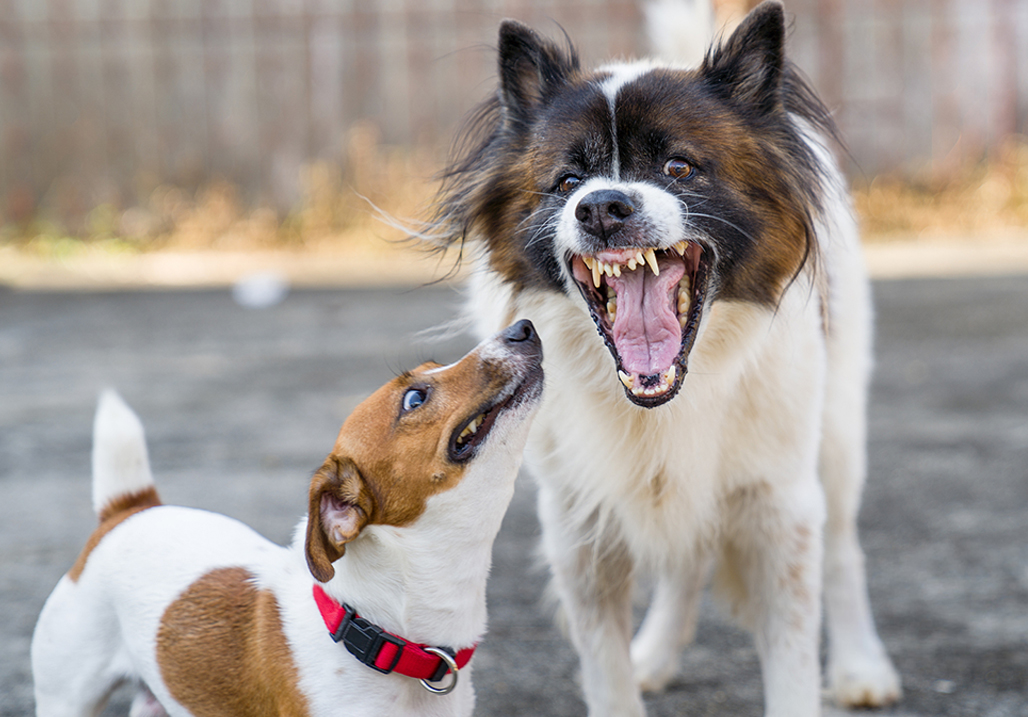
Dogs are communicating with the world around them all the time. All it takes is a little observation and understanding of dog behavior and body language. Recognizing body language signals prior to a fight and quick thinking on the part of the pet parent can be life-saving for their dogs. The following are telltale signs of tension between dogs :
-Stiffening of the body
-Tail held high
-Curling of the lip
-Growling
-Snarling
-Barking and lunging, or preparing to lunge
-Air snapping
-Snapping in the form of a quick bite that may or may not break the skin
Different dogs may choose to communicate different signs of stress in a conflicting situation. Knowing and recognizing your dog’s stressors are an excellent way to keep the situation from escalating and keeping your dog safe. Make sure to provide your dog with the space and distance they need from the other dog when you notice any kind of tension between them. Physically remove them from the situation in order to allow them to calm down.
How to Safely Stop a Dog Fight
First things first, never assume that your dog won’t bite the other dog, you, or anybody else involved in the situation, no matter how docile your dog may be. Aggression usually stems from fear and is only resorted to by dogs to protect themselves or something they value. An aggressive dog is not a bad dog.
1. Keep yourself safe
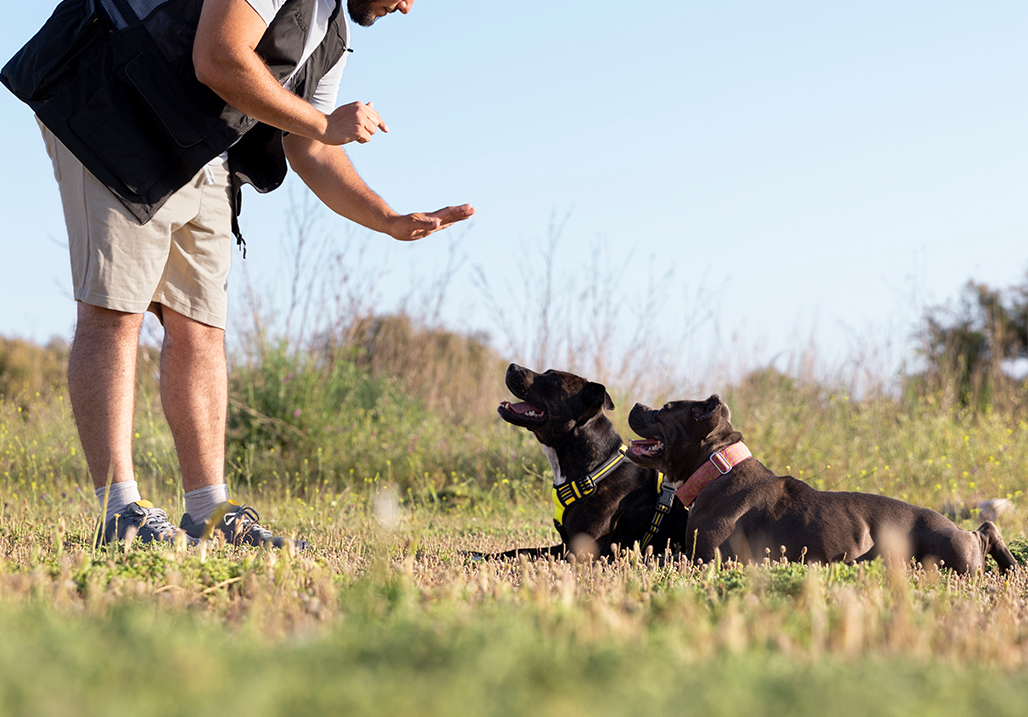
Your safety should be your number one priority in a dog fight. In the heat of the moment, things may escalate from 0 to 100 in a matter of seconds. Attempting to throw yourself between two dogs that are about to fight or already in a fight is a classic way to get injured. Redirection aggression is a very common phenomenon in dog fights. This means that the aggression may get redirected to a third party without the dog’s active intention to do so.
Remember, you are no good to your dog when injured or maimed. It may only end up even more badly for your dog.
2. Loud Noises
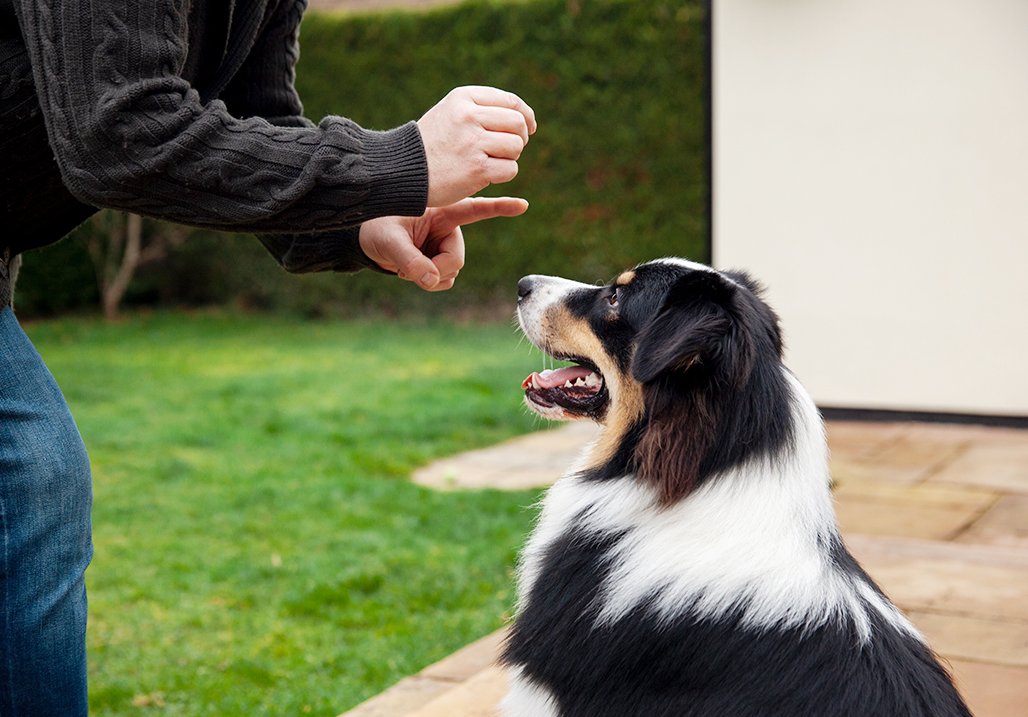
A loud noise like a quick yell, clap, or something louder like banging 2 pieces of metal together or blowing an air horn that is sufficient to startle and distract the dogs even for a few seconds, is usually enough to prevent a dog fight from transpiring. It is necessary to act quickly in those seconds when the dogs are startled. Whether we choose to safeguard the dogs or let them deal with it on their own can make or break the situation.
3. Separation
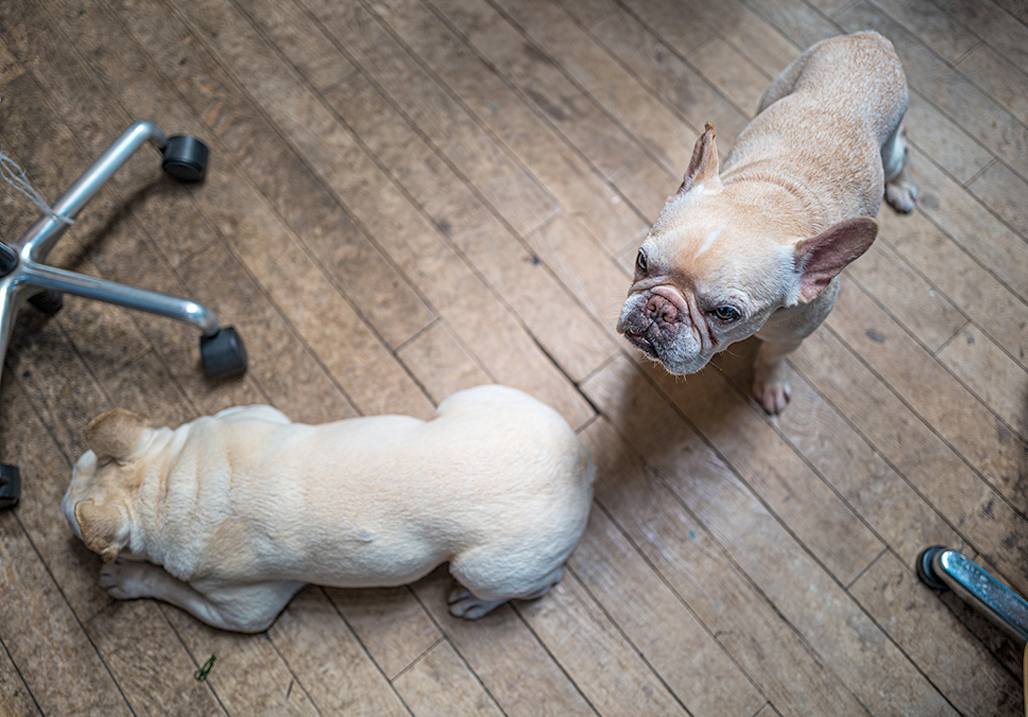
When there is tension between two dogs, they must be temporarily or permanently separated. There are no two ways about it. How we choose to separate them before or during a dogfight is crucial. A leash is usually the easiest way to do so. But, if the dogs are off-leash, consider using barriers like a chair, baby gates, plywood, etc. to physically block them off from each other. Do not wait for the fight to escalate to separate the dogs. If you notice even the slightest signs of stress, make sure to respect those signs and act quickly.
4. Distraction techniques
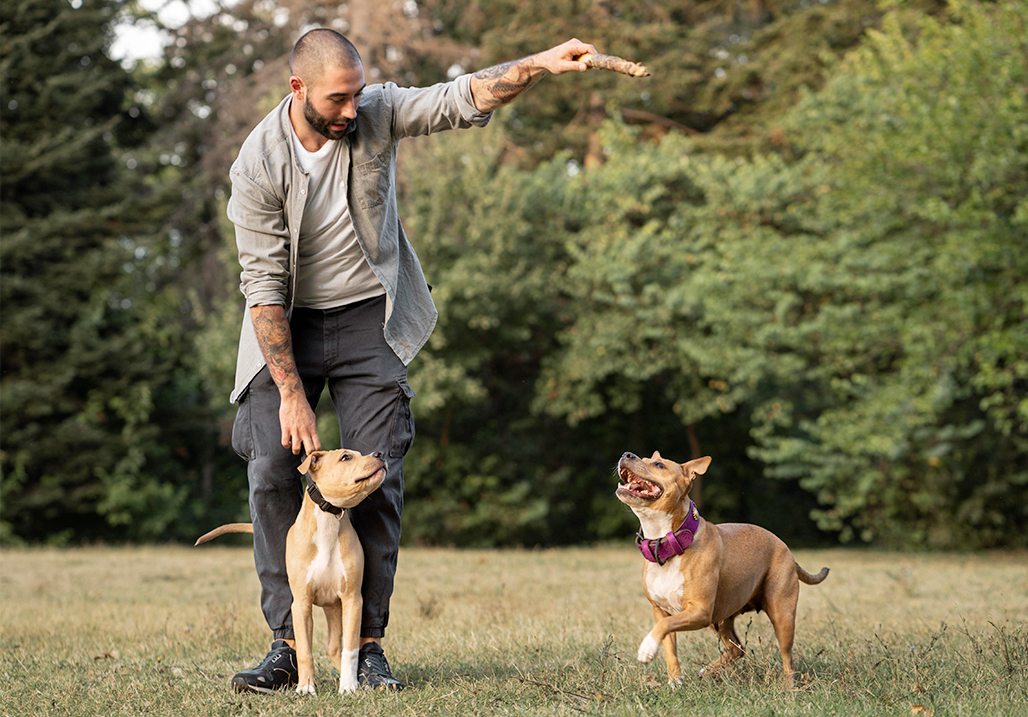
Distraction techniques like squeaking a toy, redirecting the dog’s attention, using treats, etc generally work when the fight is not at an advanced stage.
5. The wheelbarrow method
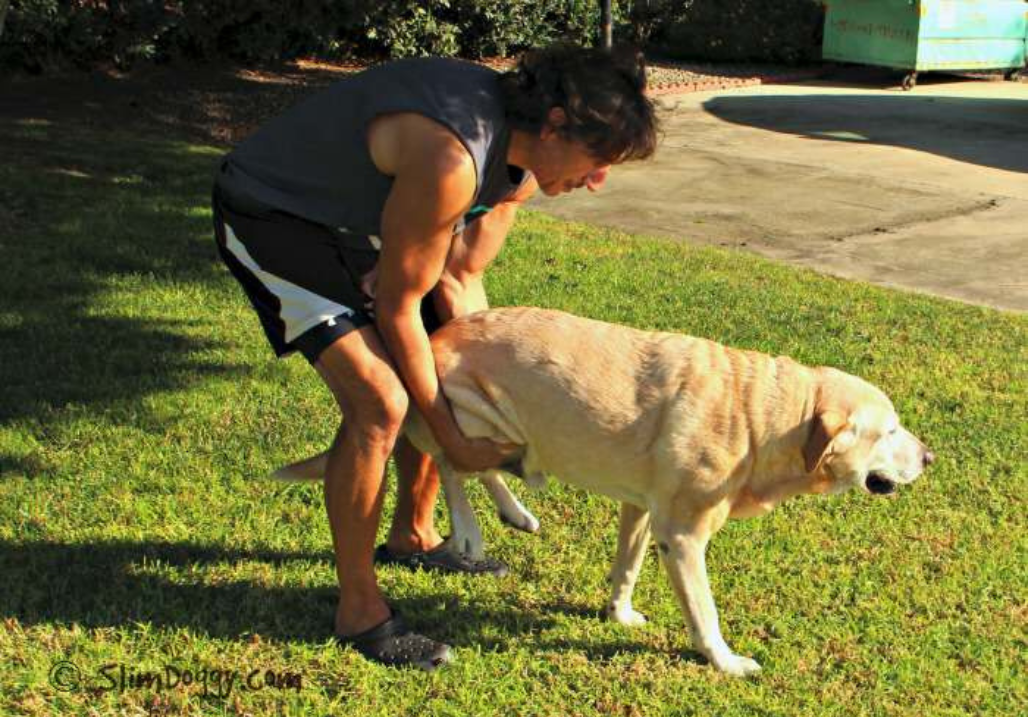
Image: Slimdoggy.com
When the dogs (or one of them) have caught hold of each other and refuse to let go, attempting to pull them away by the leash or the collar can be downright dangerous for everyone involved. In this scenario, the wheelbarrow is a great way to separate the two dogs. In this method, each pet parent grabs their dog’s back feet and lifts them off the ground. This usually makes the dogs loosen their jaw grip. Once they let go, turn them in the other direction and immediately secure them.
In conclusion
Dog fights can be a scarring experience for everybody involved. Make sure to respect your dog’s boundaries, keep resources out of the picture, and observe the dogs closely during any kind of interaction. Letting the dogs figure it out on their own may not necessarily end well for them.




